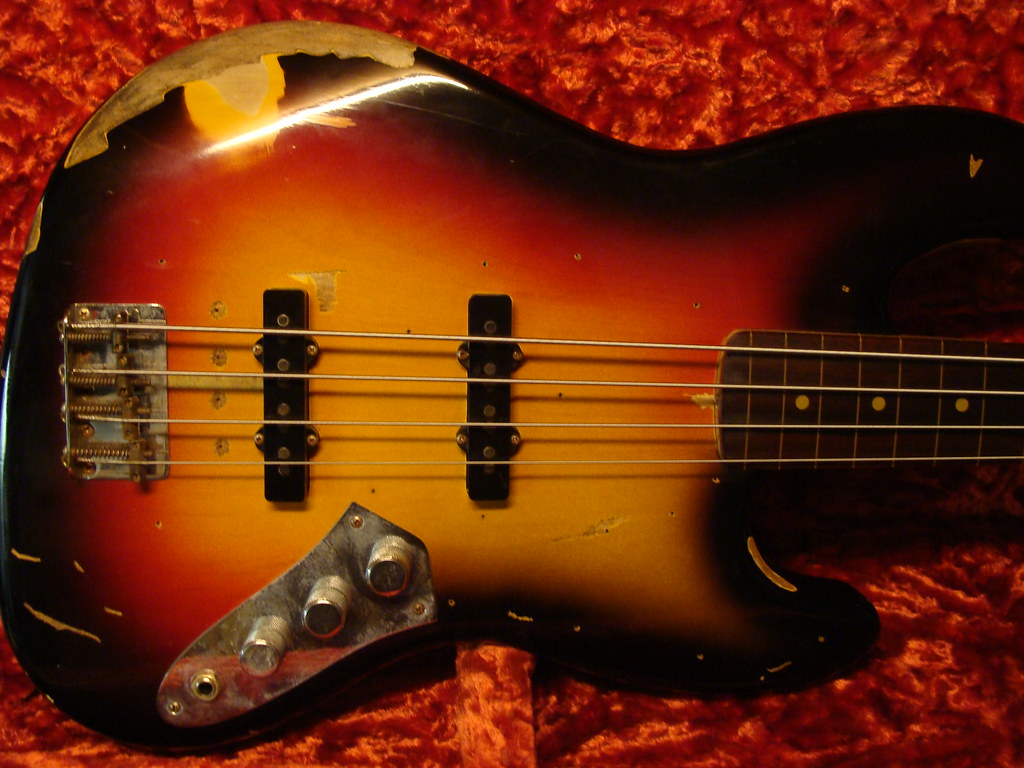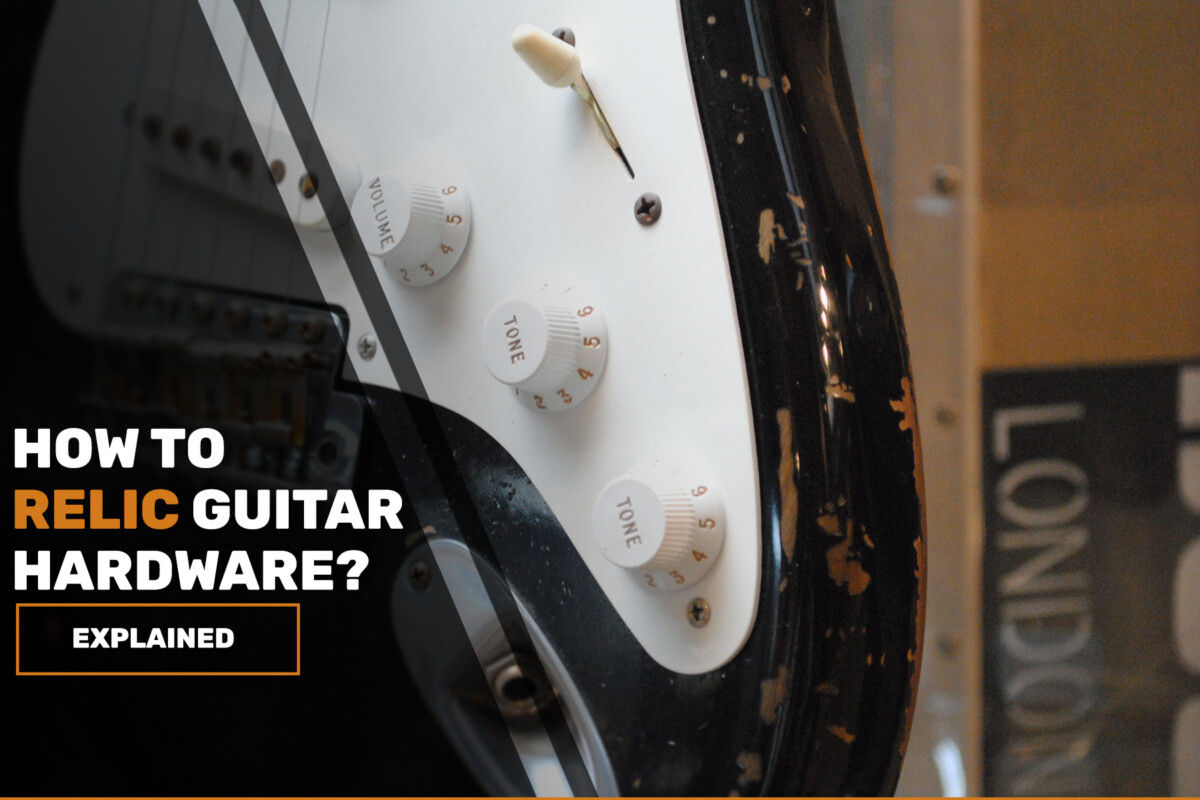Are you looking to give your guitar a unique, vintage look? If so, relicing the hardware is an easy and cost-efective way to make it stand out. Relicing your guitar can be a fun project if done corectly – but there are some things you need to keep in mind before getting started.
This guide will provide you with all the information you need to know about relicing your guitar’s hardware. We’ll cover everything from what materials and tools are needed to expert tips that will help ensure success. So lets get started!
What is Relic Guitar Hardware?
Relic guitar hardware is the proces of giving a guitar, no matter whether you own a satin or gloss guitar, an aged look by creating intentional wear and tear and it basically gives your guitar a more vintage look overall.
This can include anything from ading scratches and dings to oxidizing or rusting the finish. By relicing your guitar, you’ll be able to give it its own unique caracter that will make it stand out from the crowd.
Do You Have To Relic A Guitar?
No, relicing is not required for any guitar and it isnt something that you must do. Some people love the look of relicd hardware, while others prefer the clean, shiny finish of brandnew hardware. Ultimately, it’s up to you whether or not you want to relic your guitar hardware.
How To Relic Guitar Hardware? – Step By Step

So, relicing a guitar’s hardware can give it a vintage like the Gretsch guitars, worn-out look and can ad character to the instrument. Geting on to the most important things you should have in mind when wanting to relic a guitar, here are the steps you should follow in order to do it properly:
Gather Materials: You will need sandpaper in diferent grits, metal polish, and a soft cloth. The specific materials may vary depending on the type of metal and finish on the hardware.
Clean The Hardware: Use a soft cloth to remove any dirt, grime, or rust from the hardware. This will ensure that you have a clean surface to work with and wil prevent the metal polish from being contaminated.
Sand The Hardware: Begin with a low grit sandpaper, such as a 120 grit, and gradualy increase the grit until you reach a high grit, such as 2000. This will remove any scratches and smooth the surface of the hardware.
Polish The Hardware: Aply a small amount of metal polish to the hardware and rub with a soft cloth until it shines. Use a circular motion and make sure to polish all areas of the hardware.
Inspect And Touch Up: Check for any remaining scratches or tarnish and touch up as needed. Repeat the sanding and polishing proces on these areas until you are satisfied with the result.
Protect The Hardware: Aply a protective coating to the hardware to prevent future tarnish and rust. This will also give the hardware a uniform apearance and enhance its shine.
Reassemble The Guitar: Put the hardware back on the guitar and make sure everything is securely fastened. Be careful not to scratch the finish of the guitar while reasembling.
The exact steps may vary depending on the type of metal and finish on the hardware which is why it is important to follow the instructions for the specific metal polish you are using.
Aditionally, it is important to use caution when working with sandpaper and metal polish to avoid damaging the hardware.
Tips To Keep Your Relic Guitar Looking Great

As now you know the steps that you should follow, I think its important to have in mind that when relicing a guitar, there are other things that come with it, such as the proper maintenance that comes after!
Clean Regularly: Regular cleaning wil prevent dirt, grime, and other substances from setling into the relic-ed finish.
Use a soft cloth and a gentle cleaner to clean the hardware, and the procedure is pretty similar to the ways you should clean maple fretboard.
Avoid Exposure To Moisture: Moisture can cause rust and corrosion, which is why you should store your relic guitar in a dry place. If the guitar gets wet, dry it imediately to prevent damage.
Handle With Care: The reliced finish is delicate and can be easily scratched, so i’s important to handle the guitar with care. Avoid using rough or abrasive materials on the hardware and be careful when reasembling the guitar.
Avoid Using Harsh Chemicals: Harsh cemicals can damage the relic-ed finish and the metal hardware, so you may want to use only gentle cleaners and polishes on the guitar.
Protect The Finish: A protective coating can help protect the reliced finish and prevent tarnish and rust. If you have aplied a protective coating, make sure to reaply it as needed to keep the hardware looking great.
Store Properly: When not in use, store your relic guitar in a case or a protective cover to prevent damage. This wil also help keep the guitar dry and free from dust and other substances.
So, following the steps I mentioned above will lead to a proper protection for your reliced guitar, and you will be able to have it in that condition no mater how much time passes.
Conclusion
After everything I mentioned, you have probably noticed how easy it is to relic a guitar, and as you can see there are not a lot of things that you should use in terms of materials.
Still, after relicing a guitar, you should make sure to give the guitar the proper maintenance, of course, as long as you want to have it perfect in your hands.
I hope you liked what you read thus far, and I hope this article provided you with everything you needed to know!

